Having a scratch-free gauge cluster lens is not only pleasing to the eye but also very practical for proper driving habits. However, just like any exposed surface on your car, your instrument cluster can get scratched from time to time. So how do you remove scratches from your odometer and gauge surfaces? We've done the research for your convenience.
Removing light scratches from your instrument cluster's lens is similar to buffing out imperfections on your car's headlight lenses. However, due to the cluster's more sensitive surface, you will need a milder abrasive compound. You can also apply a light protective coating afterward.
Deeper scratches, on the other hand, may need a more aggressive polishing process followed by a thicker protective coating.
Would you like to know more about how to refresh your car's instrument cluster lens? Keep reading because we'll give you tips on the tools, materials, and techniques you can use to make your detailing project a success.
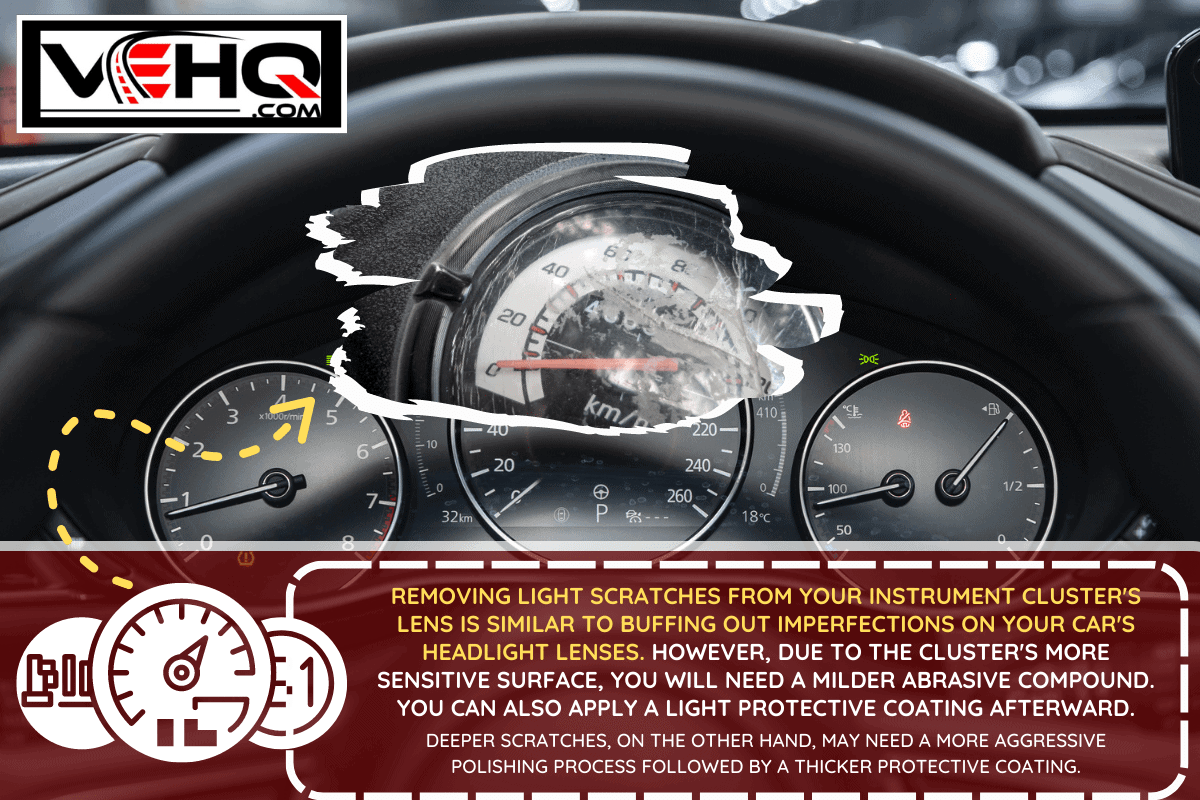
How Do You Get Scratches Out Of Instrument Clusters?
A vehicle's instrument cluster allows drivers to know most of what's happening with their vehicles. Aside from the usual gauges, indicator signals, telltale lights, and alarms, modern clusters also have a small multifunction monitor where you can change some vehicle settings.
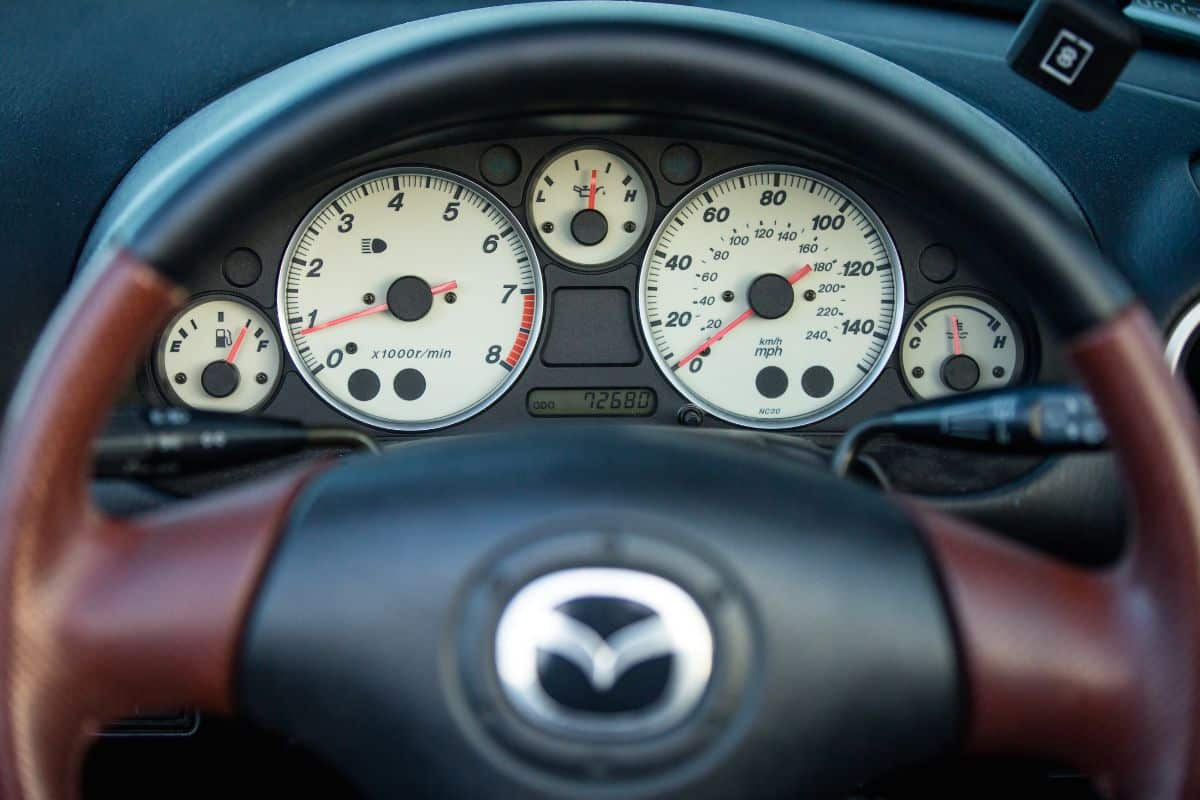
Keeping the instrument cluster clear of any obstructions makes it easy for drivers to assess their vehicle's conditions at a glance—especially when driving. After all, a glance should be all that is needed so that drivers can keep their eyes on the road.
However, through time, instrument cluster lenses (the clear covering) do get scratched to varying degrees. Some scratches can be light, and others may be deep. Moreover, some surface discoloration or cloudiness may also appear. So how do you restore the clarity and shine of your instrument cluster?
Most of the time, you have to clean, buff, or polish your cluster's lens. Although older lenses used to be made from glass, modern lenses are usually made from clear acrylic or polycarbonate. The lens protects the cluster from dirt, moisture, and physical damage.
Most of the time, you can buff light scratches from your cluster's lenses. This job has three main steps:
- Cleaning
- Buffing/polishing
- Protective coating
For light scratches, you may work on your lens while the instrument cluster is still on your dashboard. However, for heavier scratches, cloudiness, or simply for the best results, you may choose to take the entire instrument cluster out of the dashboard.
Lens Cleaning
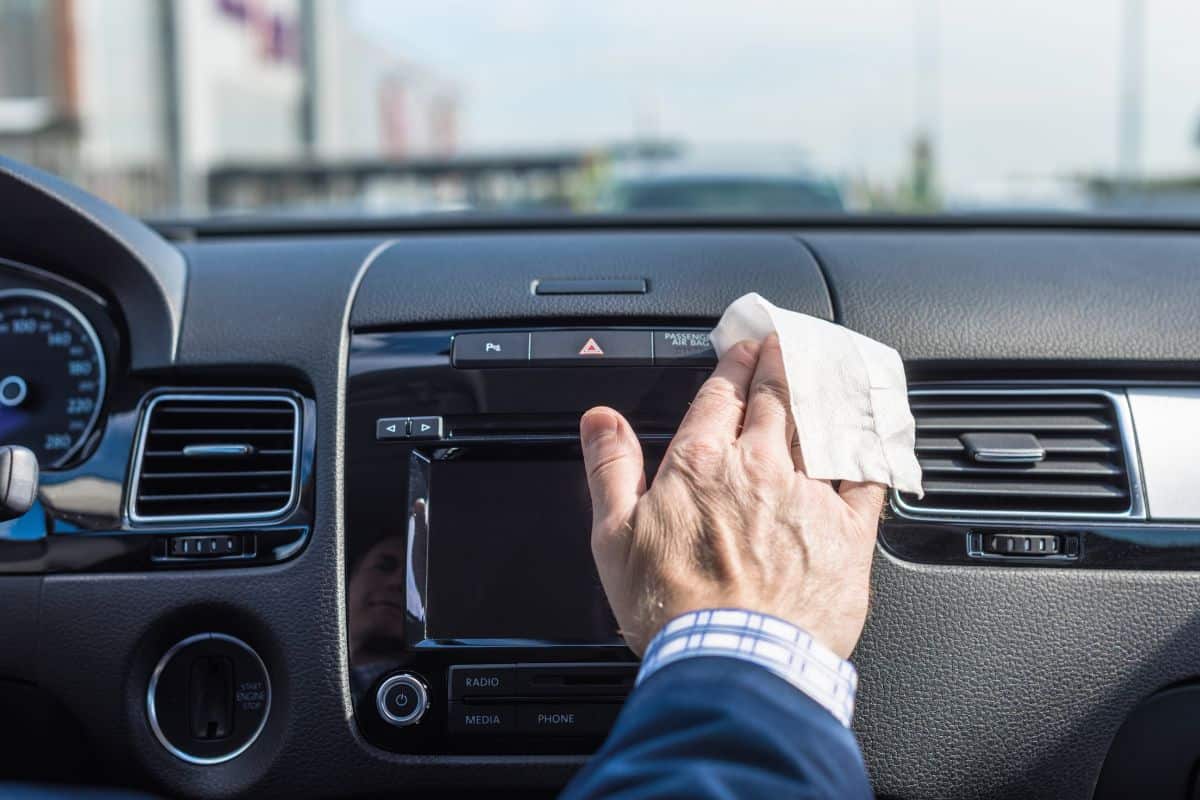
Before buffing the scratches out of your instrument cluster lens, you need to make sure that the lenses are clean. If you just go ahead and buff without cleaning, then the dust and dirt on the lenses may end up adding more scratches during the buffing process.
Like with most cleaning and detailing jobs, you'll need to use two pieces of clean, soft cloth, preferably microfiber towels. Microfiber cloth cleans so much better than regular fabric because of the fibers' greater cleaning surface area as well as the cloth's positive charge.
Check out this best-selling bundle of microfiber towels on Amazon.
Use a clean and damp microfiber cloth to gently wipe and lift away any dirt from the lens. Aside from pure water, you may also add a light soap solution to help clear away oily stains.
Afterward, follow up with a clean and dry microfiber cloth. Be careful not to put too much pressure to avoid accidental scratches.
Here's a helpful (albeit a bit long) video on how you can clean your gauges' lenses without scratching the lens surface:
As an important reminder, you should avoid cleaning the instrument cluster lens as well as any of your car's plastic interior trim with any household cleaning solutions or glass cleaners. These products may have a very strong formulation that can damage your lens surface.
How Do You Polish Instrument Cluster Lens?
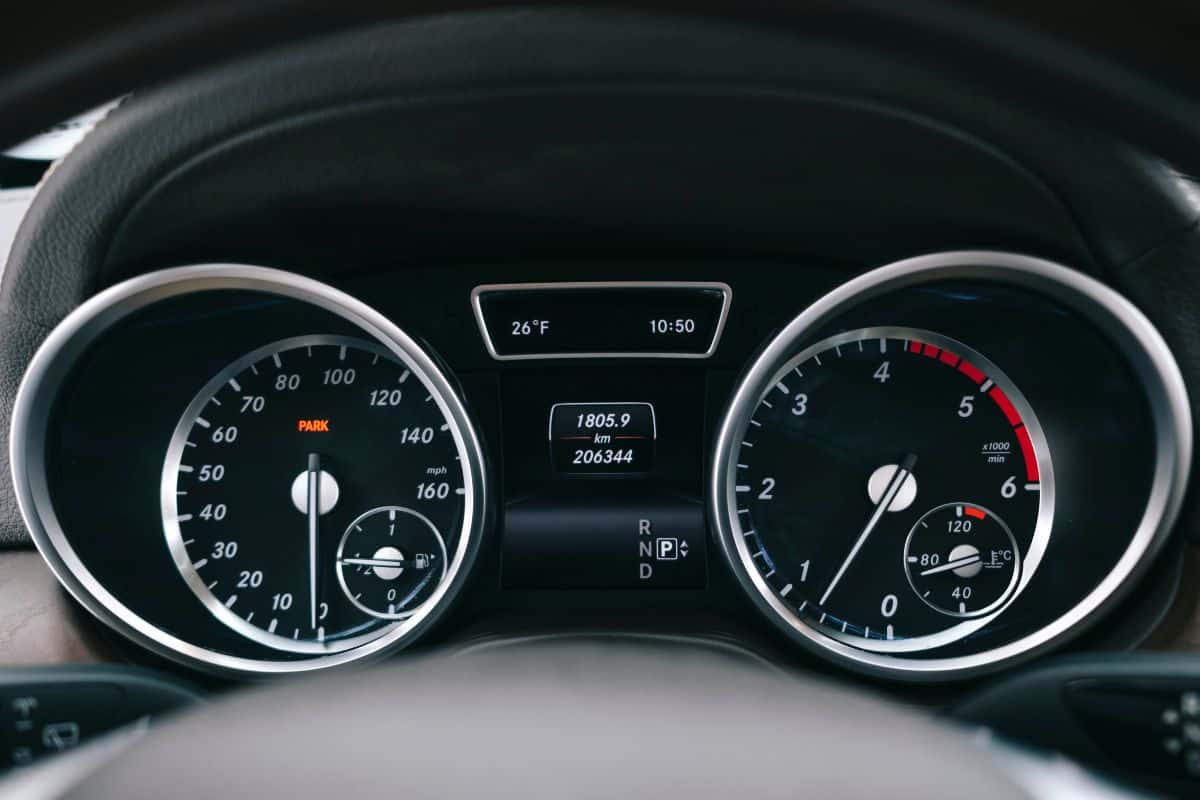
After cleaning the lens or lenses properly, you should be able to see the scratches that you have to work on clearly. For light scratches, you may keep the instrument cluster inside the car. However, if the scratches are deep, then you may need to remove the cluster from the dashboard for easier polishing.
For your polishing project, you will need the following materials:
- Spray bottle of water
- Clean cotton cloth towels or new polish applicator pads
- Masking tape
- Flashlight
- Clean microfiber towels
- Clear plastic cleaner
Unlike glass polishers or other household polishing products, clear plastic polishers are specifically formulated for safe use on soft plastic surfaces. These products are mildly abrasive, but they will not react chemically with the plastic lens surface.
Check out this best-selling clear plastic cleaner and polisher on Amazon.
Here are the steps on how to polish the scratches using a clear plastic polisher:
- Mask off the area around the physical buttons protruding out of the lens.
- Use your flashlight to identify the scratched area that you want to work on first.
- Apply a generous amount of clear plastic polish to your cotton cloth or applicator pad.
- Dab the polish onto the target area.
- Rub the target area with light to medium pressure. Let the abrasive product work slowly to smoothen out the scratches.
- Reapply more polish on your cloth or pad whenever the product dries up to the touch.
- Every few minutes of polishing, spray your microfiber towel with some water to wipe the targeted area clean.
- Check your progress by shining your flashlight on the targeted area's scratches.
- Repeat steps 3 through 7 as needed for all scratched areas.
Check out the video below demonstrating how to clean and polish an instrument cluster lens using a clear plastic polisher:
What Can I Use To Clean Instrument Clusters With?
Although clear plastic polisher products can do a great job in restoring your instrument cluster lens, there are others that you can use. If you're working on light scratches or haziness on your lens, then you may get by with cheaper, readily-available products at home such as:
- Carnauba-based polish/wax combo
- White, non-gel toothpaste
Moreover, if you're just cleaning some light discoloration or residue from your cluster lens, you can also try using the following household products:
- Lemon oil
- Cooking spray
- Baking soda
Protective Coating
After buffing or polishing your instrument cluster lens, you can expect the clear plastic layer to be thinner than it originally was. Because of this, the lens may be more prone to future scratches or even cracking from mild impact.
To prevent further deterioration, you should apply a protective coating on top of your instrument cluster lens. If you only buffed out light scratches, then a clear wax should suffice. However, if you polished heavier scratches and discoloration, then you may need to spray clearcoat paint.
Check out this video on how a car owner restored a severely-damaged instrument cluster lens using ultra-fine sandpaper and some clearcoat spray:
What Causes Scratches On My Instrument Cluster?
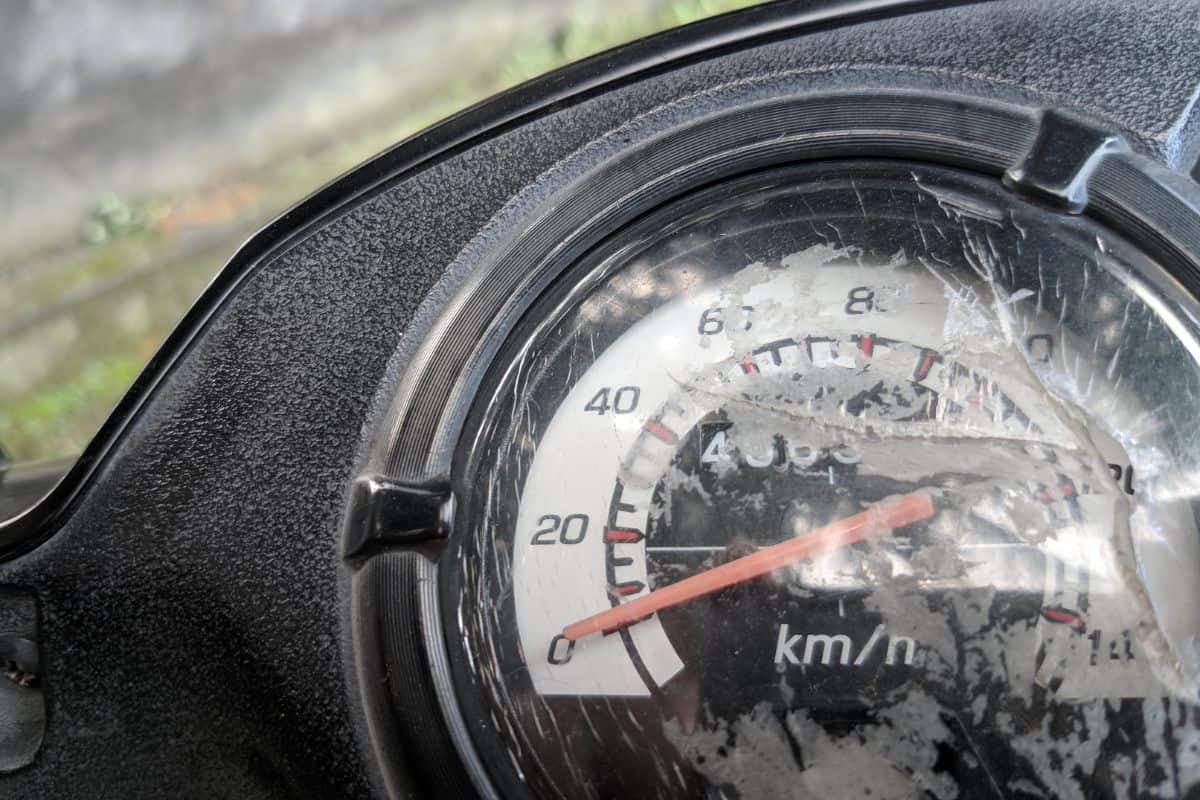
As mentioned earlier, your instrument cluster's lens can deteriorate through improper use, improper cleaning, or unintended impacts.
Improper Use
Some drivers like to bring a lot of trinkets, gadgets, and accessories into their cars. Naturally, you would want to place these items within easy reach, especially while you're driving. If the center compartments are already full, then the cluster's nook or depression sometimes becomes an extra shelf.
Some of the usual culprits that scratch instrument cluster lenses are as follows:
- Keys and keychains
- Coins
- Cell phones
- Personal ID cards
- Parking cards/receipts
On some occasions, drivers can also scratch the lens with their fingernails when they're trying to find the odometer reset button.
Bad Cleaning
Earlier, we shared some tips about proper instrument cluster lens cleaning. However, not all people are aware of how sensitive the plastic lens is, so they just use any piece of dry cloth to rub the instrument cluster clean. Unintentionally, they scratch the lens with the surface dust and dirty cloth.
Cleaning materials also matter. Unknown to some car owners, some ammonia-based cleaners can wreak havoc on clear plastic surfaces such as the instrument cluster lens. These products can leave streaks or discolored patches on the surface of the lens due to chemical reactions.
Repair Or Cleaning Jobs Near The Instrument Cluster
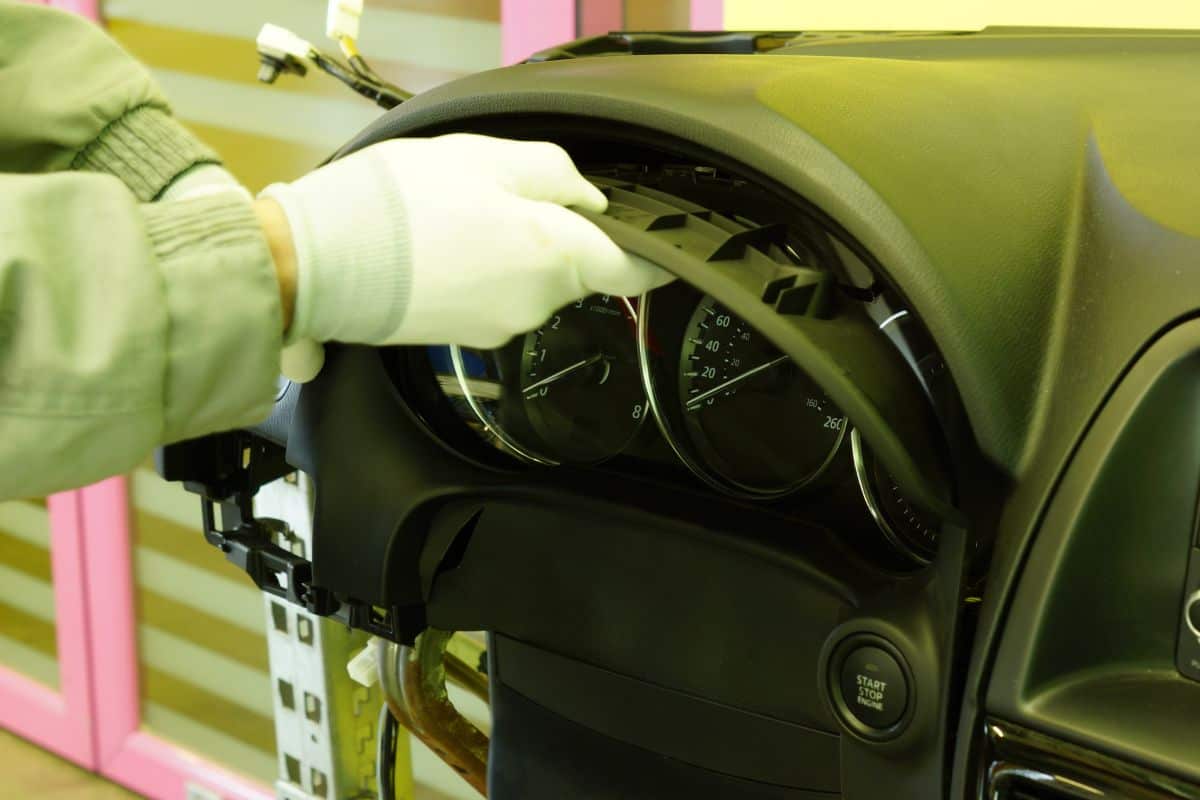
Ironically, your instrument cluster lens can also receive some scratches accidentally at the dealership or at a car care center.
If you have problems with your dashboard or your steering column, then the technicians will need to work near the instrument cluster. Electrical wires, tools, or even the technicians' velcro straps and clothing can scratch the lens.
Moreover, many dealerships also clean their customers' cars after service. Unfortunately, car dealerships do not specialize in car detailing because it is just a complimentary service. Hence, you can expect many improper car cleaning methods that can scratch your car's surfaces.
Wrapping Up
Removing light scratches from your instrument cluster or gauge lenses requires careful cleaning, buffing, and application of protective coating. For deeper scratches, you may need more aggressive polishing products and tools as well as a fresh clearcoat.
Thank you very much for reading. We hope we were able to help you remove or at least lessen the scratches on your instrument cluster lens. We also hope that we were able to give you some tips on how you can give your gauge lenses some much-needed love for future purposes.
For more interesting reads about automotive detailing and other automotive topics, you may also check out these great articles below:
Buffing Vs Polishing A Car: What’s The Difference?
Rustoleum Vs Duplicolor Engine Enamel – Which To Choose?
Gauges Go Crazy When Starting Car (Or Trying To) – What To Do?


